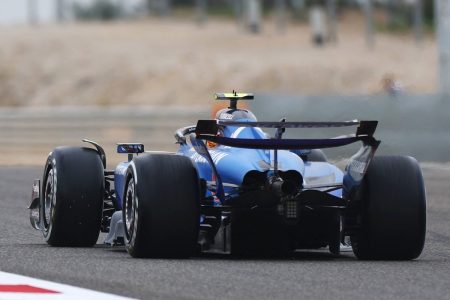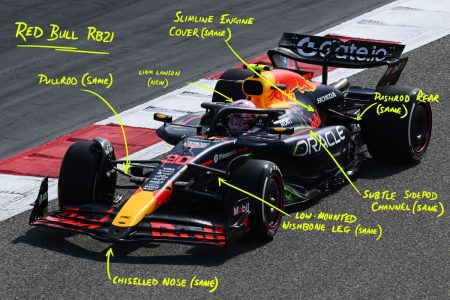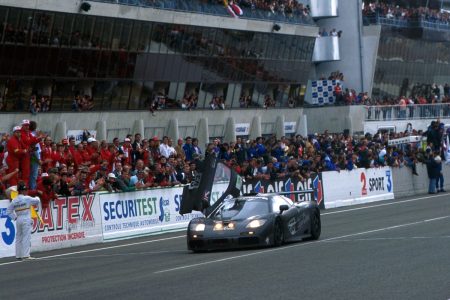The Unsurprising Resurgence of Disappointment
Last week was a whirlwind of unexpected events, from the chaotic scenes at the White House to Williams setting the fastest lap time at Bahrain’s Formula 1 pre-season testing. However, one announcement that came as no surprise was the cancellation of the new TOCA Junior championship for 2025. From its inception, the series faced formidable challenges, and the news of its postponement was more a matter of when, rather than if. The dream of filling the void left by Ginetta Junior with a cutting-edge, rear-wheel-drive tin-top for teenagers seemed ambitious, but the reality of executing this vision proved far more complex.
The Origins of TOCA Junior
The journey of TOCA Junior began well before its formal launch last August. Dave Beecroft and his team were tasked with developing a championship to replace Ginetta Junior and attract young talent to the British Touring Car support bill. The original plan was to launch in 2024, but it was quietly delayed a year to allow for more development time. The goal was to create a bespoke car, the Chevron B1417, a project that seemed promising but was beset with hurdles from the outset. The car’s price—£78,500 plus VAT—was a significant deterrent, especially given its somewhat dated appearance, reminiscent of 1980s models. Despite the interest from major teams like Graves Motorsport and Toro Verde, the high costs and the late arrival of the prototype car in September 2023 made it difficult for others to commit.
The Prototype’s Debut and Initial Feedback
When the Chevron B1417 finally hit the track at the end of September, it was later than initially planned. This delay was a critical blow because many young, well-supported drivers would have already begun their pre-season testing months earlier. The car’s debut was met with cautious optimism, but even positive feedback from BTCC star Tom Ingram in October wasn’t enough to turn the tide. The weeks that followed saw increasing skepticism, and the inevitable announcement of the 2025 cancellation came as no surprise. The timing of the prototype’s debut meant that young talent, who often start their preparations early, simply couldn’t integrate the new car into their plans.
Centralized Operations and Cost-Saving Measures
In response to the lack of team and driver commitments, Beecroft and his partners have decided to take a new approach: running the series centrally. This decision brings several advantages. It reduces the financial burden on drivers, as they won’t have to pay a premium to run with a private team, and it allows for stricter controls on testing and other expenses. The hope is that this centralized model will make the championship more accessible and financially viable. However, it’s important to recognize that this is not a magic solution. Organizers now need to develop practical plans for financing and operating the cars, ensuring that the series can function smoothly and attract the necessary participants.
The Elephant in the Room: Trust and Credibility
The cancellation of the 2025 campaign is a significant setback, and it raises a critical question: will anyone have the confidence to commit to the championship for 2026? The history of delays and uncertain planning has eroded trust, and restoring it will be a monumental task. Beecroft and his team must now focus on rebuilding credibility and spreading the word about the series. They need to demonstrate that TOCA Junior and the Chevron B1417 are viable and sustainable, despite the initial challenges. This will require not only financial transparency but also clear communication and a robust support structure to ensure that drivers and their families feel secure in their investment.
The Path Forward
The absence of a strong junior championship at BTCC meetings over the past two seasons has been keenly felt. BTCC boss Alan Gow had several compelling offers on the table, including the idea of a front-wheel-drive hatchback series backed by manufacturers. However, he chose Beecroft’s rear-wheel-drive vision, recognizing its potential to provide a wider range of career paths for young drivers. While the logic behind this decision is sound, the execution has been fraught with difficulties. Moving forward, Beecroft and his team must shock the doubters and prove that TOCA Junior and the Chevron B1417 can not only survive but thrive. The coming months will be crucial in determining whether the series can overcome its past and find a foothold in the competitive world of motorsport.











